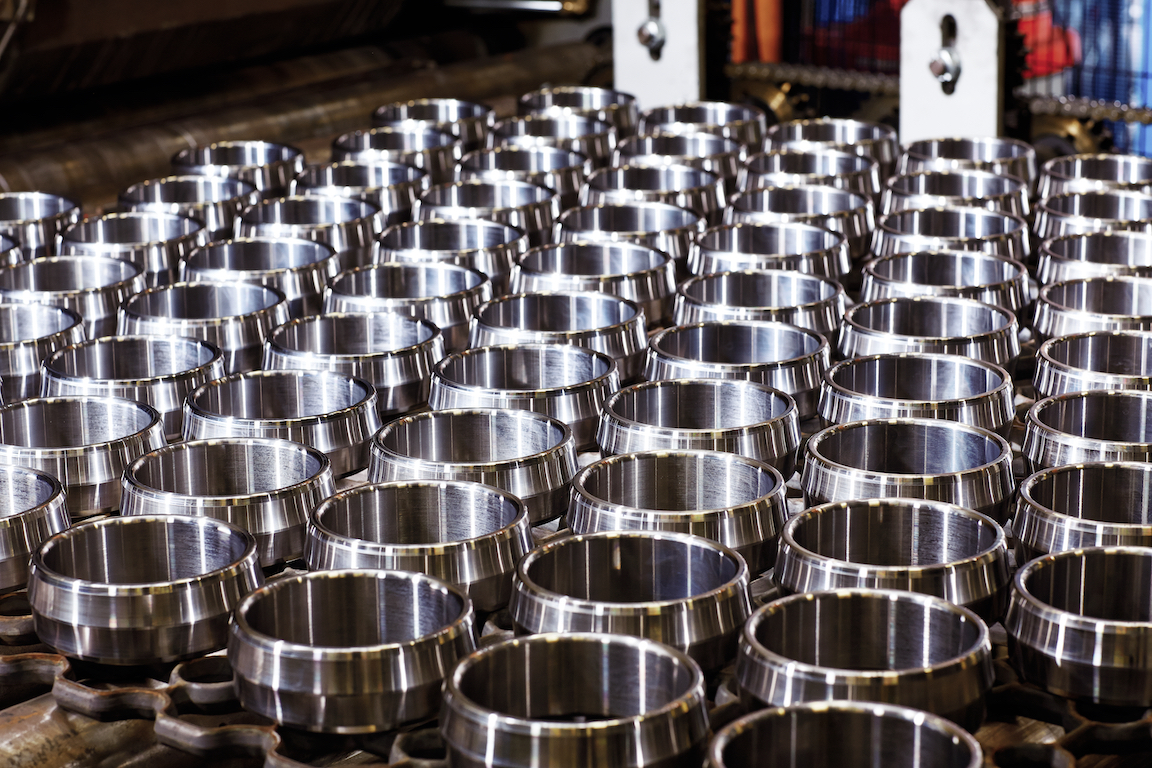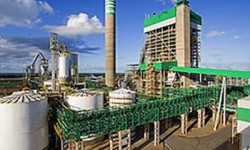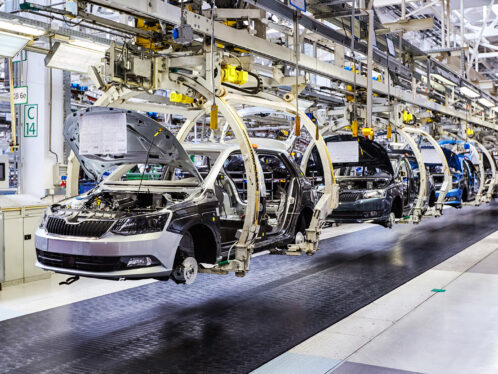
Benchmarking and beyond
Benchmarking is the art of comparing yourself with the best, in order to take the top spot in your business. But it’s crucial to race against the right competition.
Benchmarking is the art of comparing yourself with the best, in order to take the top spot in your business. But it’s crucial to race against the right competition.
The idea of using benchmarkingas a tool for achieving better performance has become common practice all over the world. But most plants still think they are better than they really are, and this is one of the main reasons that reliability efforts typically fail, says Dick Olver, chairman of the Best Practices Committee at the Society of Maintenance and Reliability Professionals (SMRP).
“You cannot overestimate the difficulty of knowing how good your M&R [maintenance and reliability] is,” Olver says. “It takes an external look at the world to recognize you are not as good as you think you are. So, you do benchmarking to wake people up.”
Some plants benchmark with others to get a point of reference for how well or how poorly they perform. They measure the gaps between their performance and that of companies like theirs. They inspect the numbers in several key performance indicators and can discover that other companies score much better than they do.
Before reacting, however, companies must first take a close look at how they and the others define the key measures, warns Olver.
“If you’re going to do good benchmarking, you have to get into the details,” Olver says.
Some companies define a key measure such as avail-ability with scheduled turnaround time included, while others do not.
“That makes a significant difference when you’re looking at the numbers,” he says. “Unless you understand exactly how the numbers are derived, you are really making an apples-to-oranges comparison.”
Today, cross-industry groups such as the SMRP and the European Federation of National Maintenance Societies are working to develop common definitions of key measures and best practices to help give everybody the same reference points.
“We’re going through the process with a number of different companies across North America, and we’re now harmonizing these with European maintenance societies,” Olver says.
In the area of M&R, companies such as Dupont, Dofasco and Hercules drove benchmarking work in the 1980s and 1990s to establish a set of best practices.
“In a large part, today’s M&R best practices – like the use of reliability-centred maintenance, weekly scheduling and the use of check lists – are based on that work,” Olver says. “There is not a lot that is new, although there are some technological advances, such as handheld computers, which are now best practice for operator rounds. So the knowledge is there. The trick is in the execution.”
Olver points to Rank Xerox, which 30 years ago made the first apples-to-apples evaluation. Xerox was the largest manufacturer of copiers in the world, but Japanese companies were making better copiers, selling them for less and making a good profit, as detailed in the book Benchmarking for Best Practices (C Bogan and M English, 1994). In comparing itself directly with its competitors, Xerox discovered several major areas where the others performed better, prompting a new era in the company – and the birth of competitive benchmarking.
Xerox looked outsideits industry as well. For instance, Xerox had a hard time keeping the right number of parts in stock, so it went to L.L. Bean, a
successful US outdoor sporting goods retailer that had a warehousing system that accurately predicted the number of items it needed to stock. Xerox put L.L. Bean’s warehouse procedures into place. Over the next few years these procedures became a standard protocol at many companies.
Companies doing benchmark exercises today still tend to look toward their own industry alone, but some of the best help lies beyond, stresses John Yolton, a maintenance strategy consultant for SKF’s global Pulp & Paper segment.
“Your own industry might be so far behind the curve in some best practices, you will never catch up to what’s going on in other industries,” Yolton says.
“Industries like power, hydrocarbon and mining and metals use a lot of new technologies and pro-cesses that very readily apply to the paper industry, for instance.”
Yolton adds that good benchmarking brings out what he calls the hidden factory – unrealized savings potential. The key to success lies in changing the culture, the processes and in many cases, enabling technology.
“Are these benefits achievable? Certainly,” he says. “Will they be easy? Certainly not. As with any journey, the investment starts with the recognition of where you are starting, and the distance to your destination.”
New organizations also use benchmarking to set targets. When Finnish-Swedish pulp and paper manufacturer Stora Enso and Brazil-based Aracruz Celulose built their 1.25 billion US dollar Veracel pulp facility in Brazil in 2005, the companies began with a thorough benchmarking exercise.
To establish the high-techorganization, Veracel’s engineering and maintenance manager Luiz Marcello Dionello Piotto set out on a journey to map the best key performance indicators in the industry. These became the targets for Veracel.
“I spent a lot of time visiting other mill locations all over the world, examining the variety of different approaches used to maintain physical assets,” Piotto says.
“We wanted to be assured that we will achieve the highest level of reliability, certainly, but ultimately, the philosophy we follow must also allow for continuous cost reduction as the reliability improves.”
However, companies must still be careful in how they apply the results of a benchmarking exercise.
“Somebody else’s targets are not automatically your own,” says Wayne Reed, of Asset Management Services, SKF Reliability Systems. “You don’t want to be like somebody else; you want to be who you are and need to be. But because other parties perform better than you, you might think all you need to do is mimic their behaviour, and then you’ll automatically have the same performance. That’s just nonsense.”
Indeed, most benchmarkingschemes show the gaps between one company and another. “But then they stop,” says Reed. “Very rarely do they help you specify what you need to do for yourself. Excellence requires that you know who and what you are and what you should do well. That should be the basis for judging performance, rather than comparison with some arbitrary ‘world class’ benchmarks.”







